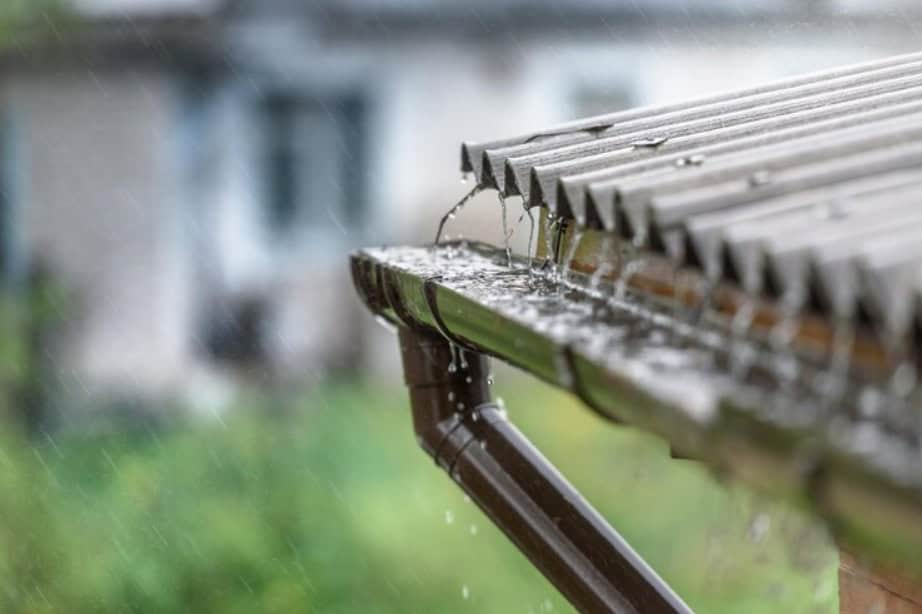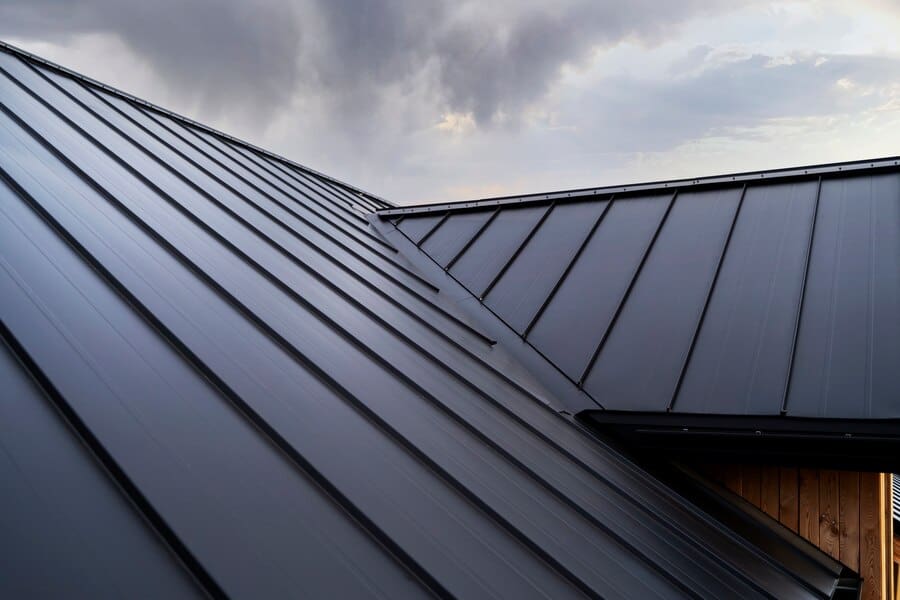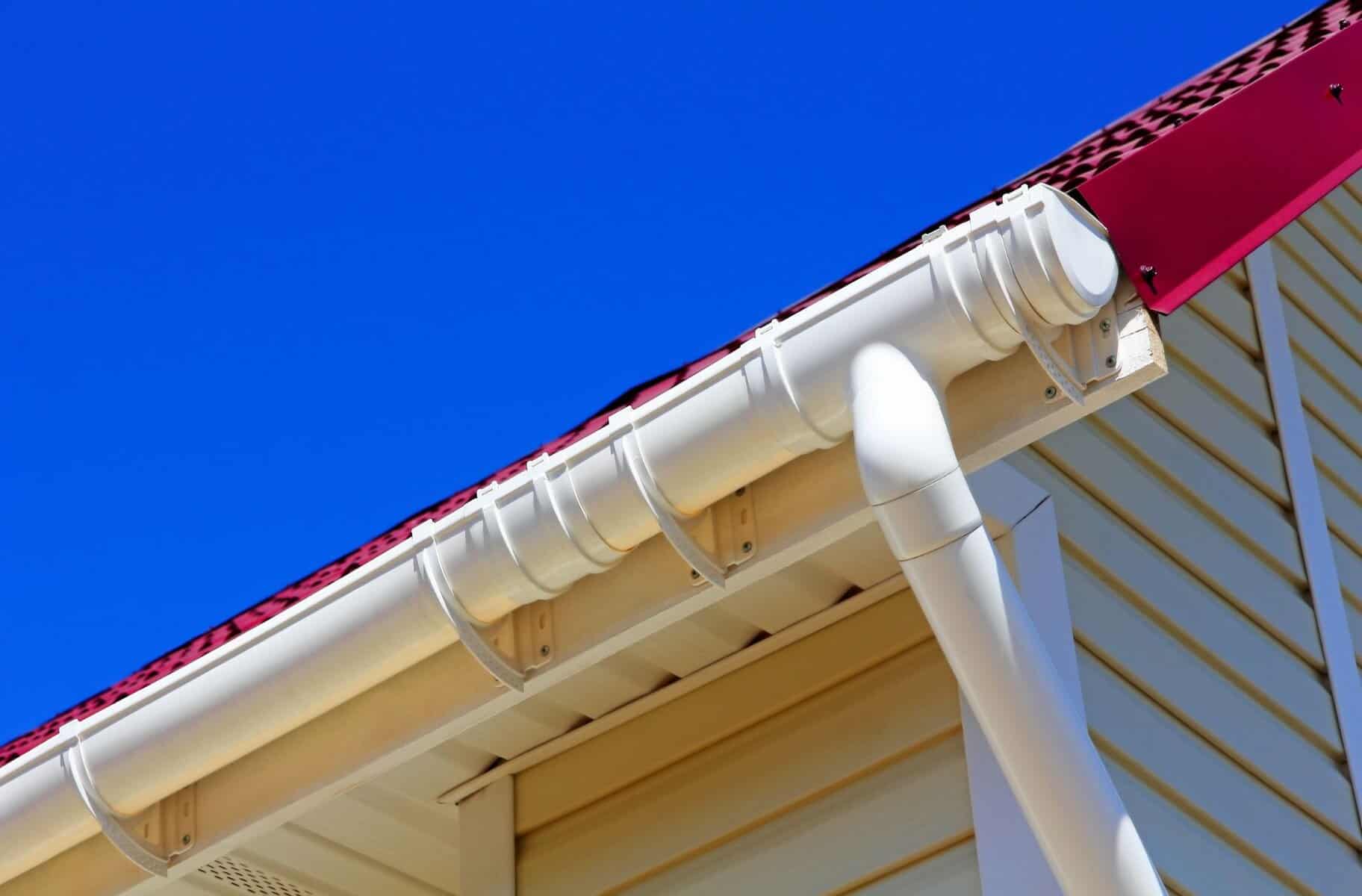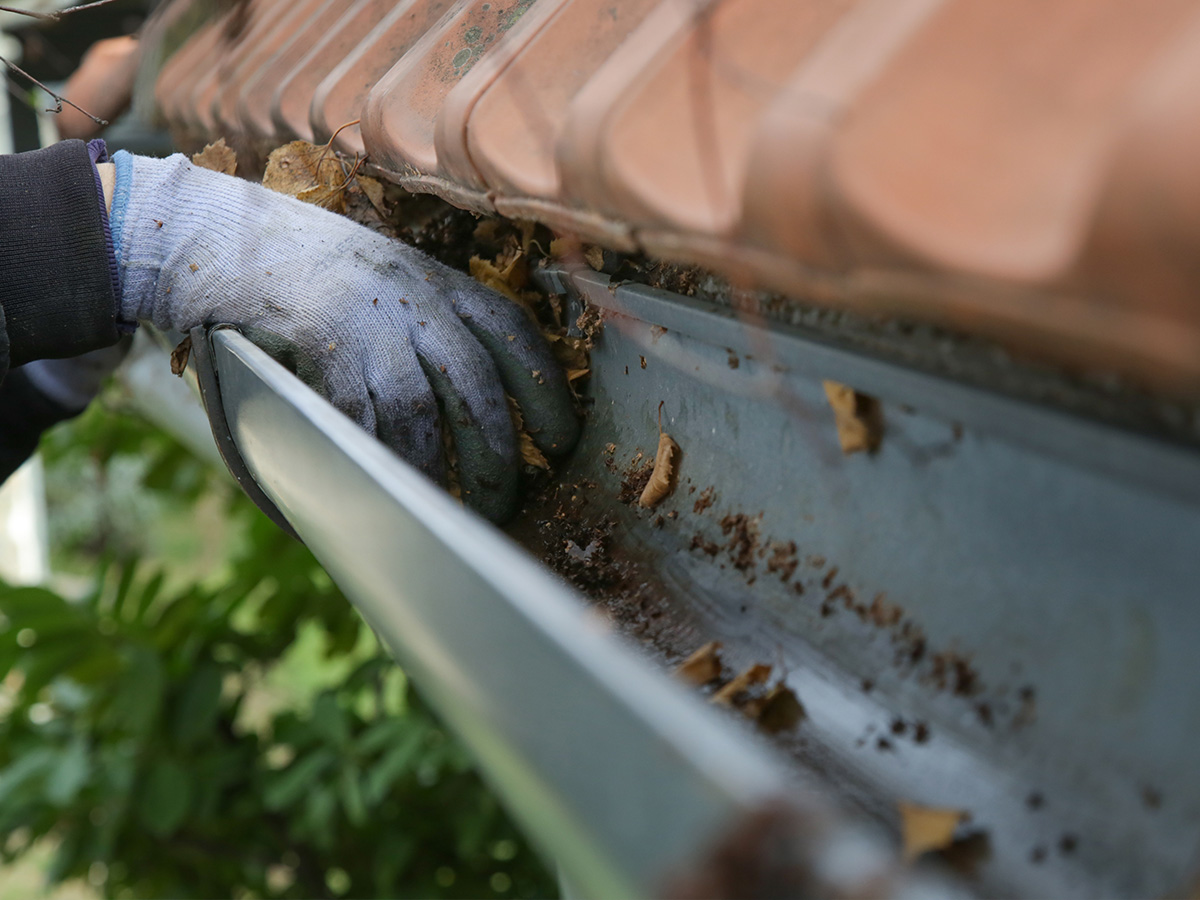Gutter overflow can sneak up on you. One day your gutter system looks fine from the ground, and the next you’re dealing with water spilling over the edges, leaving streaks down your siding or pooling near your foundation. It’s a frustrating problem, and it usually shows up during or right after a heavy rainstorm. In Cincinnati, where fall storms and heavy summer rain happen often, an overflowing gutter system puts your home at real risk of damage if ignored.
The main goal here is to help you figure out why your gutters might be overflowing and what signs to look for before the problem spreads. Overflow can lead to much bigger problems like roof leaks, basement flooding, or foundation issues. The good news? Most of the time, gutter overflow has a few common root causes, and once you understand those, you can get ahead of the issue before it turns into something bigger or more expensive.
Common Causes Of Gutter Overflow
Overflowing gutters usually aren’t random. There are a handful of things that often cause this issue, and most of them are preventable or fixable if caught early. The first and most frequent reason is debris buildup. Leaves, twigs, and even small nests can settle in your gutters and block the natural flow of water. Cincinnati sees seasonal leaf drops that can quickly clog up an open gutter, especially in late summer and early fall.
Then there’s the problem of poor installation. If your gutters were installed without the correct slope or alignment, water won’t travel to the downspouts the way it should. Instead of draining smoothly, it pools and then tips over the edge. Adding heavy rain into the mix makes this even worse, as more water rushes in than the system can handle.
Gutters can also sag from long-term wear or the weight of water and debris. A sagging gutter dips lower than normal, interrupting the slope and causing water to collect. Cold snaps can make this worse since water freezes, expands, and bends the gutter further out of shape.
Here’s a breakdown of what to watch for:
– Leaves and debris: Common in the fall and after storms. They block water from moving through the gutters and into the downspouts.
– Incorrect pitch: If the gutter doesn’t slope slightly toward the downspouts, water will sit or overflow.
– Storm runoff: A long, heavy downpour can overwhelm a system that’s already compromised or too small for larger roofs.
– Gutter damage: Rusted joints, disconnected sections, or sagging can all misdirect water.
– Limited downspouts: Fewer downspouts mean water takes longer to drain, which makes it easier for the gutters to overflow during a rush of rain.
Even well-cared-for homes in Cincinnati can experience one or more of these problems during the wetter months. Overflow tends to show up at the worst moments, like when you’re least able to deal with it during a storm. That’s why it helps to look for signs of trouble before the water starts dripping over the edges. Keeping an eye out gives you a fighting chance to fix things early and keep your home protected.
Identifying Overflow Causes
Sometimes the signs of gutter overflow are obvious, like watching water pour over the edge during a storm. Other times, it’s more subtle. You might notice dirt lines or splash marks on the siding, soft soil under the gutters, or even small puddles near the foundation. These can all point to overflow issues.
Most homeowners don’t need to get out a ladder to spot the basics. A simple walk around the house after a good rain can be enough. Look for:
– Water trails down the walls or stains left behind on siding or brick
– Plant beds that seem washed out or have signs of erosion near the base of the house
– Moisture around the basement or crawlspace after rain
– Black streaks or mildew around the gutter line
– Gutters that look uneven or pull slightly away from the house
You can also check gutters from the ground using binoculars or zooming in with your phone camera. Look for leaves visible in the gutters, disconnected joints, or seams that appear misaligned. If your downspouts aren’t draining properly, water might be backing up and causing overflow at the top. A small issue like a clog at the elbow joint can cause water to pool and spill back out.
In some cases, odors can be a clue too. Stagnant water in a blocked gutter can give off a musty smell, especially during summer heat. That’s a sign the water isn’t moving the way it should.
How To Prevent Gutter Overflow
The best way to stop gutter overflow is to keep up with simple maintenance. Keeping your gutters clear and in working order is the first step in stopping water from going where it shouldn’t. Timing matters too. Late summer and early fall in Cincinnati are key periods for gutter care due to the high risk of clogging from falling leaves and afternoon rainstorms.
Here’s how to stay on top of it:
– Clean gutters regularly: Try to clean them at least once during late summer and again in the fall after the leaves drop.
– Install gutter guards: These cut down on the amount of debris that gets inside while still allowing water to flow through.
– Check the slope: Gutters should angle slightly toward the downspouts. If they’re completely flat or tilted the wrong way, water won’t move.
– Test for proper drainage: During moderate rain, check that water is flowing smoothly out of the downspouts and not backing up.
– Inspect after storms: A heavy rain can dislodge brackets, loosen screws, or cause new blockages.
– Trim surrounding trees: Overhanging limbs can drop leaves and sticks directly into the gutters. Keeping branches back several feet helps reduce the mess.
Proactive care is better than emergency cleanup. Overflow that starts in one corner of your home can lead to bigger problems like water around your foundation or rotted roof decking if ignored. Gutter upkeep supports your entire home’s structure, not just the edge of the roof.
When To Call For Professional Help
There are times when a garden hose and gloves just won’t cut it. If you’re noticing water overflowing during every storm, or you’ve tried cleaning the system and it still backs up, it might be time to bring in someone familiar with proper gutter function and home drainage.
Here are some signs it’s time to schedule a professional gutter cleaning or inspection in Cincinnati:
– Overflow happens even when the gutters look clear
– You can see loose brackets, cracks, or bending
– Water is backing up under roofing materials
– Gutters are pulling away or sagging in multiple places
– You’re finding mold or musty smells near the attic or basement
Professionals don’t just remove debris. They look for misalignment, inspect seams, check downspouts for blockages, and make adjustments that keep the water moving the right way. They’ll also spot minor signs of damage that could get worse over time like rusted edges, hairline cracks, or misfit joints. It’s the kind of help that pays off when you want to keep your home’s exterior strong and dry, especially during Cincinnati’s rainy seasons.
Keeping Your Gutters Working Year-Round
Overflowing gutters are messy, but the steps to stop them are simple. Watch for early signs like water stains or puddles. Clean your gutters regularly and don’t skimp on inspections after storms. When you stay on top of maintenance, your roof, siding, and foundation will thank you.
Homeowners in Cincinnati face predictable weather changes that make gutter care more than just routine. Rainy spells in late summer and fall can hit suddenly. Keeping gutters free of clogs, properly sloped, and well-attached is a piece of home care that pays off often. A quick check now can prevent frustrating damage when the next heavy rain hits. For anything that feels outside your comfort zone, experienced help is always the way to go.
To keep your gutters working properly year-round, regular maintenance is a must. Clearing out buildup and making sure everything is draining as it should can save you from headaches down the road. If you’re looking for reliable help with gutter cleaning in Cincinnati, count on Roofing For Troops for dependable service that protects your home from water damage when the weather takes a turn.





